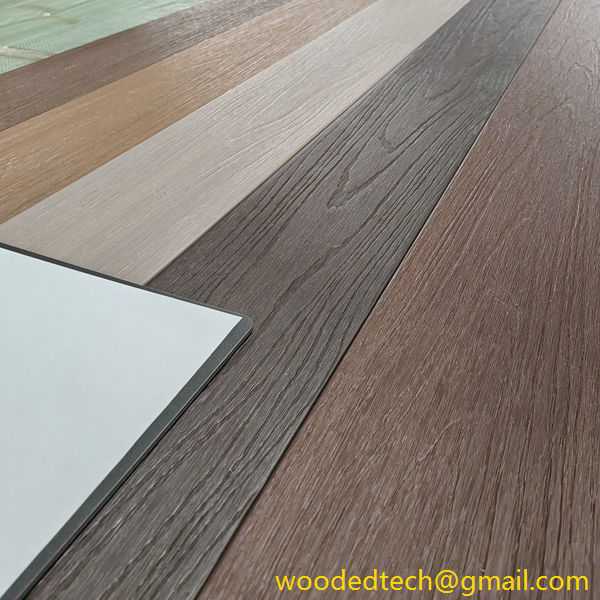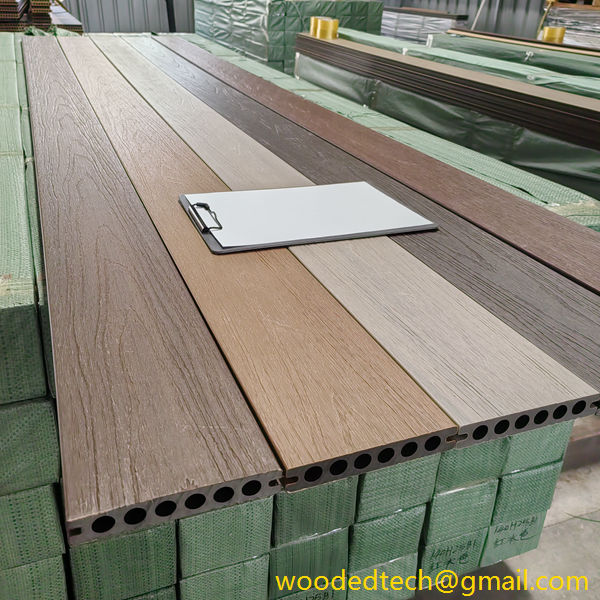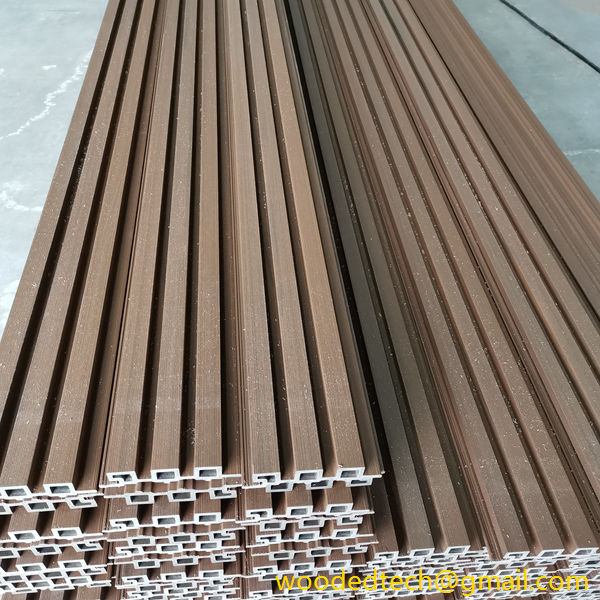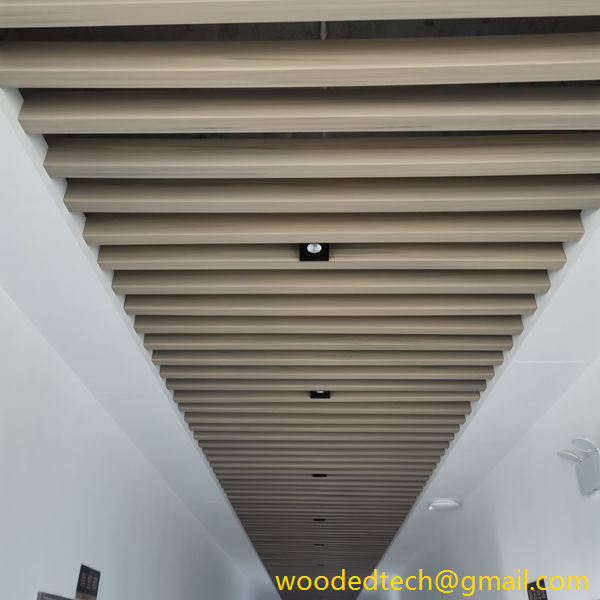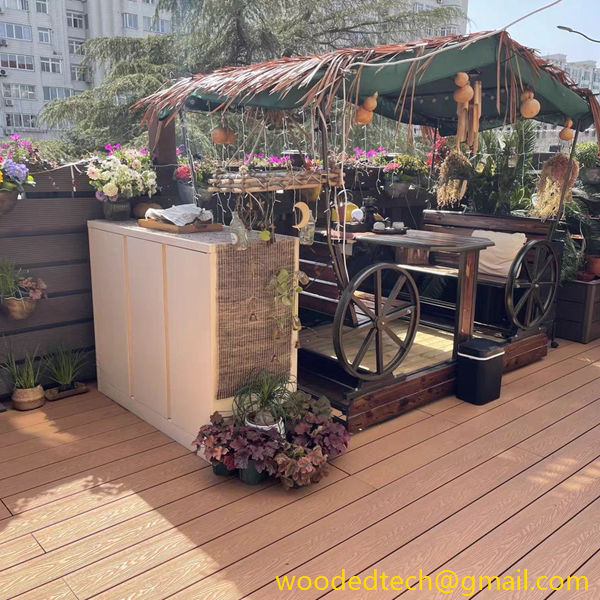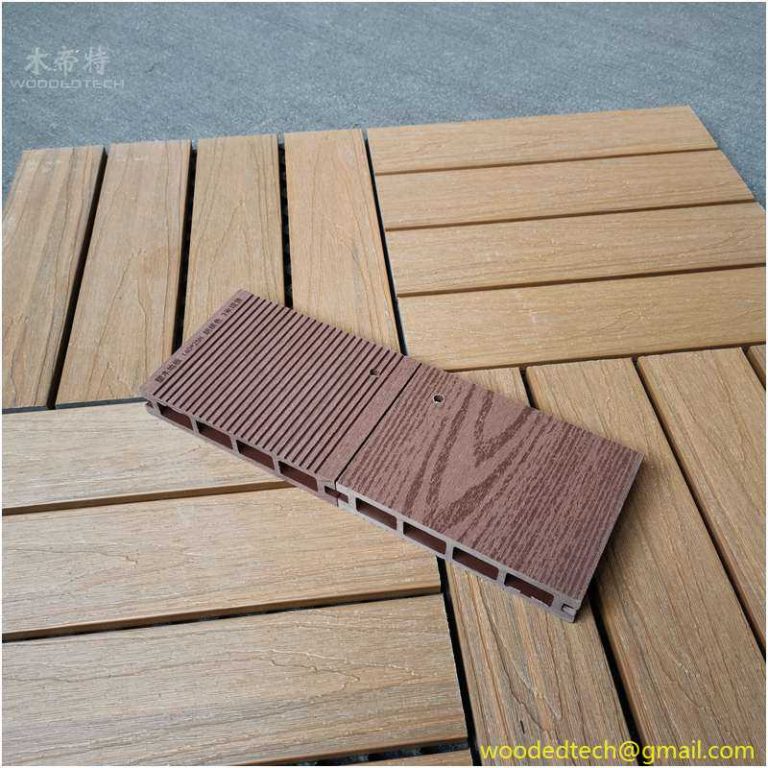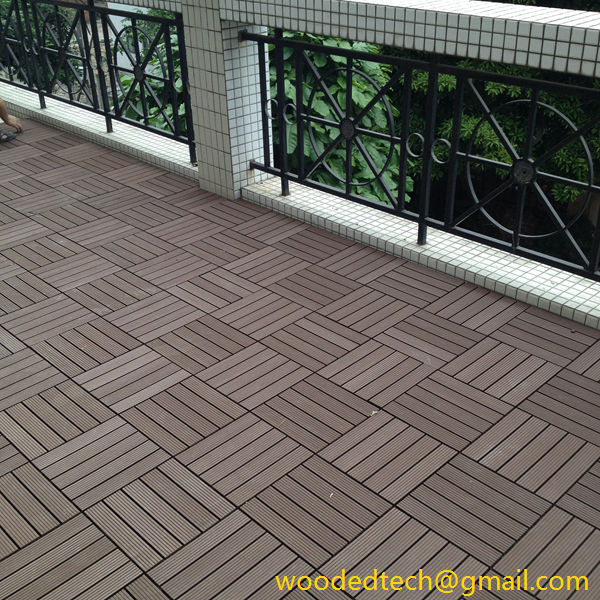Understanding Composite Decking Years for Long-Term Investment
Understanding Composite Decking Years for Long-Term Investment Composite decking has gained immense popularity over the years as a preferred choice for homeowners seeking durable and aesthetically pleasing outdoor spaces. Understanding the longevity and performance of composite decking is crucial for those considering it as a long-term investment. In this exploration, we will delve into various…
Understanding Composite Decking Years for Long-Term Investment
Composite decking has gained immense popularity over the years as a preferred choice for homeowners seeking durable and aesthetically pleasing outdoor spaces. Understanding the longevity and performance of composite decking is crucial for those considering it as a long-term investment. In this exploration, we will delve into various aspects of composite decking, including its composition, benefits, lifespan, maintenance, and how it compares to traditional wood decking options.
Composite decking is typically made from a blend of wood fibers and recycled plastic materials. This combination creates a product that looks and feels like natural wood while offering enhanced resistance to the elements. One of the most significant advantages of composite decking is its durability. Unlike traditional wood, which can warp, splinter, or rot over time, composite materials are engineered to withstand the rigors of outdoor exposure. This makes composite decking an ideal choice for homeowners who want a beautiful deck that will last for years without the extensive upkeep associated with wood.
When considering the lifespan of composite decking, many manufacturers offer warranties that can extend up to 25 years or more. This long warranty period is a testament to the product’s durability and the confidence manufacturers have in their materials. Homeowners can invest in composite decking knowing that they are making a choice that will serve them well for many years. In contrast, traditional wood decks typically require replacement or major repairs every 10 to 15 years, depending on the type of wood used and the maintenance routine followed.
In terms of maintenance, composite decking is a clear winner. Homeowners are often drawn to the idea of spending more time enjoying their outdoor spaces rather than performing routine maintenance. Composite decks require minimal upkeep, usually just periodic cleaning with soap and water to remove dirt and debris. Unlike wood, composite decking does not need to be stained, sealed, or painted regularly. This not only saves time but also reduces long-term costs associated with purchasing maintenance products.
Another appealing aspect of composite decking is its resistance to fading and staining. Many composite materials are designed with UV inhibitors to prevent color fading from prolonged sun exposure. Additionally, composite decking is less susceptible to stains from spills or debris, making it an excellent choice for families who enjoy outdoor entertaining. This resilience means that homeowners can maintain a beautiful deck without the worry of frequent repairs or replacements.
In terms of aesthetics, composite decking has come a long way in mimicking the look of natural wood. Available in various colors, textures, and finishes, composite decking allows homeowners to create a custom outdoor space that suits their style. Whether someone prefers the classic look of mahogany or the rustic charm of weathered wood, there are composite options to meet every aesthetic preference. This versatility is particularly appealing to homeowners who want to enhance their property’s curb appeal and create an inviting outdoor environment.
When considering composite decking as a long-term investment, it is essential to evaluate the environmental impact of the materials used. Many composite decking products are made from recycled materials, which can significantly reduce the carbon footprint associated with traditional wood decking. By choosing composite materials, homeowners can contribute to sustainability efforts and make environmentally conscious decisions. Additionally, the longevity of composite decking means less frequent replacements, further reducing waste in landfills.
Cost is another critical factor in the decision-making process regarding decking materials. While the initial investment for composite decking may be higher than that of traditional wood, the long-term savings associated with reduced maintenance and extended lifespan can outweigh the upfront costs. Homeowners should consider the total cost of ownership over the years rather than just the initial price tag. In many cases, investing in composite decking can be more economical in the long run.
It is also worth noting that the installation of composite decking can be more straightforward than that of traditional wood. Many composite products are designed for easy installation, often featuring interlocking systems that minimize the need for visible fasteners. This ease of installation can lead to additional savings on labor costs when hiring professionals, making composite decking an attractive option from both a financial and practical standpoint.
In conclusion, understanding the years associated with composite decking is vital for homeowners considering this option as a long-term investment. With its impressive durability, minimal maintenance requirements, aesthetic versatility, and environmental benefits, composite decking offers an appealing alternative to traditional wood. Although the initial costs may be higher, the long-term savings and reduced upkeep make it a worthwhile investment. As homeowners seek to enhance their outdoor living spaces, composite decking stands out as a reliable and attractive choice that promises to deliver beauty and functionality for many years to come.

